Understanding Slot Volatility: A Player’s Guide
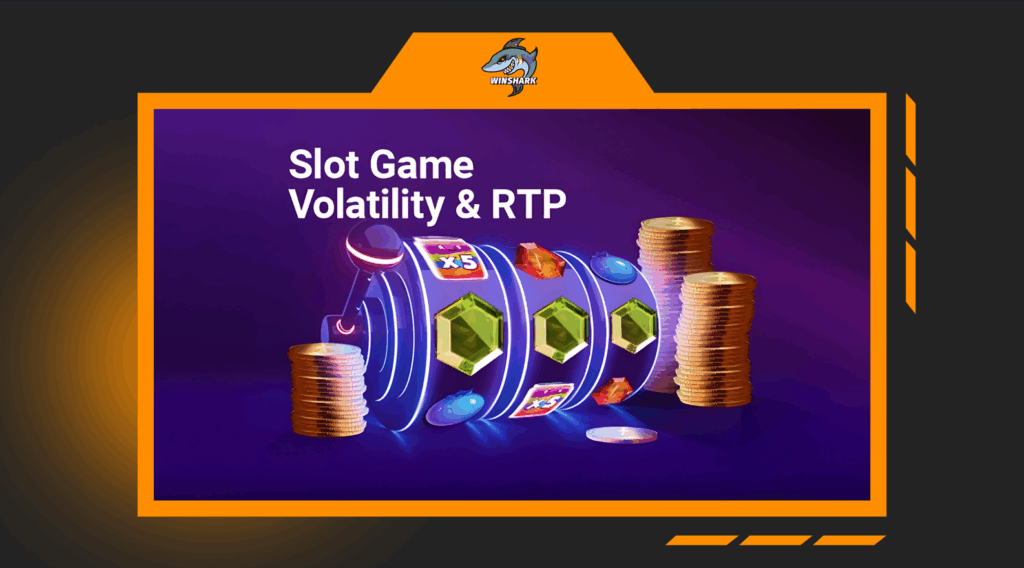
Let’s talk about something that makes a huge difference in your slot experience, but most players don’t pay enough attention to – slots volatility. It’s the reason why some games pay out small amounts regularly while others make you wait for those exciting big wins.
Here’s the thing about casino’s volatility – it’s all about finding what works for you. Are you the type who enjoys steady action with frequent wins? Or do you prefer the thrill of chasing that one massive payout? There’s no right or wrong answer, just what suits your playing style and bankroll.
Why This Matters
Because it affects everything:
– How often you’ll see winning combinations
– The size of those wins when they come
– How long your money will last during a session
Some players love the excitement of high volatility slots where your balance can change dramatically with a single spin. Others prefer the more predictable pace of low volatility casino games. The key is understanding which type works best for how you like to play.
By the time you finish this guide, you’ll be able to pick slots that match exactly what you’re looking for – whether that’s entertainment value, big win potential, or something in between. Let’s dive in and make sense of slot volatility together.
This comprehensive guide will equip you with the knowledge to identify slots perfectly aligned with your individual playing style. With these insights, you’ll not only enhance your enjoyment but also significantly improve your chances of walking away a winner. Let’s begin our exploration of this crucial casino gaming concept.

What Is Slot Volatility?
Let’s start with the basics — what exactly do we mean when we talk about slot volatility? Think of volatility as the personality of a slot machine. Just like people, some slots are steady and predictable, while others are wild and unpredictable.
Slot volatility (sometimes called variance) refers to how often and how much a slot machine pays out. It’s all about the risk and reward pattern of the game. Here’s the simple breakdown:
Low volatility slots are like that reliable friend who always shows up on time. They pay out frequently, but the wins tend to be smaller. You might get lots of little wins that keep your balance fairly stable.
Medium volatility slots are the balanced middle ground. They offer a mix of small and medium-sized wins with occasional bigger payouts. It’s like having a friend who’s usually predictable but sometimes surprises you.
High volatility slots are the adrenaline junkies of the casino world. They might ignore you for long stretches, but when they do pay out – wow! These slots can deliver massive wins, but you’ll need patience and a decent bankroll to weather the dry spells.
Volatility isn’t the same as RTP (Return to Player). While RTP tells you what percentage of bets a slot returns to players over time, volatility tells you how that return is distributed. Two slots might have the same 96% RTP, but one could pay out small amounts constantly (low volatility) while the other pays out huge jackpots rarely (high volatility).
Imagine two slot machines:
- Slot A. Pays out $1 every 10 spins
- Slot B. Pays out $100 every 1,000 spins
Both might have similar RTPs, but Slot A is low volatility (frequent small wins) while Slot B is high volatility (rare big wins). Which one you prefer depends entirely on your playing style and bankroll.
Understanding volatility helps you pick slots that match:
- Your bankroll size
- Your risk tolerance
- Your playing style
- Your goals (fun vs big wins)
In our next section, we’ll dive deeper into why volatility is such a crucial factor in your slot selection process and how it directly impacts your gaming experience. But first, let’s make sure we’ve got this fundamental concept crystal clear.
- Volatility = risk/reward pattern of a slot
- Not the same as RTP (which is long-term return percentage)
- Low volatility = frequent small wins
- High volatility = rare big wins
- Medium volatility = balanced approach
- Your perfect volatility depends on your personal preferences
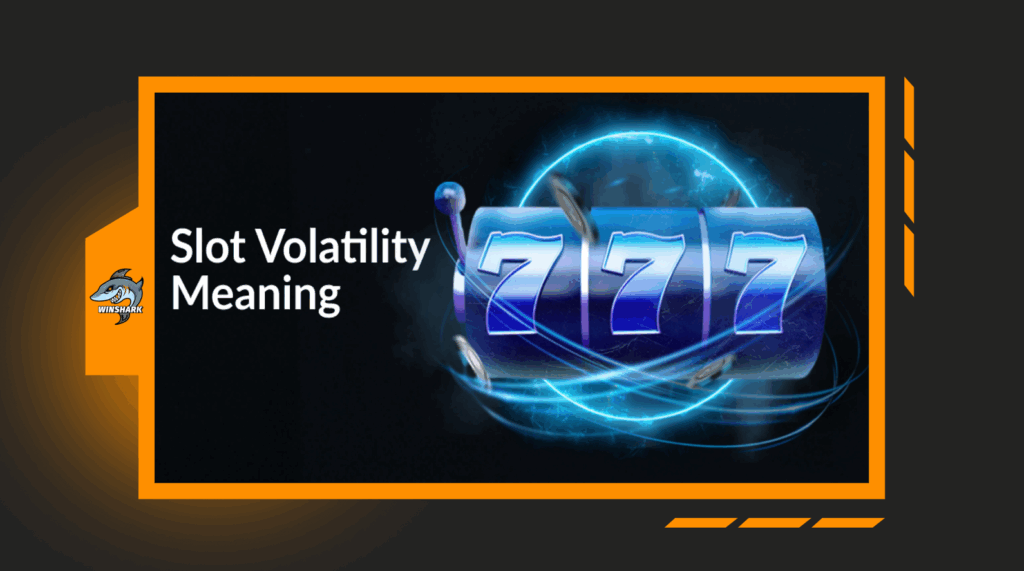
Getting to Know Slot Volatility
Alright, let’s break down this volatility thing in plain terms. What exactly are we talking about when we mention slot volatility? Imagine slots have different personalities – some are calm and steady, others are total wildcards that keep you on the edge of your seat.
Volatility (some folks call it variance) is basically how a slot behaves when it comes to paying out. It’s the game’s way of balancing risk versus reward. Here’s how it plays out in simple terms:
Low volatility slots are like your most dependable buddy. They show up regularly with small wins – nothing earth-shattering, but enough to keep your balance looking healthy. You’ll see frequent payouts, usually small amounts that add up over time.
Middle-of-the-road slots? Those are your medium volatility games. They mix things up – smaller wins keep you going, with the occasional nice surprise when a bigger payout comes along. It’s the best of both worlds for many players.
Now, high volatility slots? These are the daredevils. They might leave you hanging for ages, but when they finally pay out – boom! We’re talking potentially life-changing sums. Just know you’ll need deep pockets and patience to ride out the dry spells.
Here’s where people get confused: volatility isn’t the same as RTP (that percentage casinos advertise). RTP tells you what you might get back over time, while volatility shows how you’ll get it – steady drips or occasional downpours.
Picture this:
– Game X. Gives you $5 every 20 spins
– Game Y. Might give you $500 after 200 spins
Same overall return, totally different experience. Which one’s better? That’s up to you and how you like to play.
Why does this matter? Because understanding volatility helps you:
- Pick casino games that fit your budget
- Choose slots matching your risk comfort level
- Find machines that suit your playing personality
- Decide whether you’re playing for fun or chasing jackpots
Casino Economics Perspective
Game providers design volatility to create specific player experiences:
- High volatility slots generate dramatic win stories for marketing
- Low volatility slots casino games maximize player retention metrics
- Volatility balancing affects house edge realization speed
Got the basics down? Great. Next up, we’ll see why volatility should be your top consideration when choosing slots and how it changes everything about your gaming session. But first, let’s recap the key points:
- Volatility shows a slot’s payout personality
- Different from RTP – it’s about how you win, not just how much
- Low = steady small wins
- High = rare but massive payouts
- Medium = a comfortable middle ground
- Your ideal choice depends on what kind of player you are
Remember: there’s no “best” volatility – just what works best for you and your bankroll. Keep this in mind, and you’ll be way ahead of most players when it comes to picking your perfect slot match.
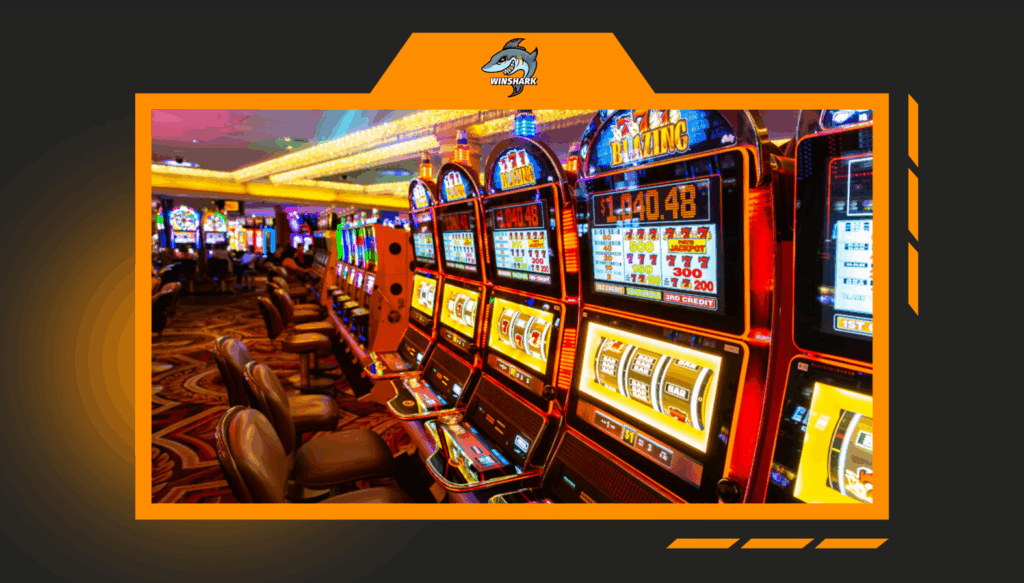
How Volatility Actually Plays Out When You Spin
Let’s get real about how volatility affects your actual slot sessions. This isn’t just theory – it’s about what really happens when you hit that spin button on different types of games.
Let’s break down exactly how low, medium, and high volatility slots deliver fundamentally different gaming experiences.
1. What Winning Actually Looks Like
The most immediate difference comes in how often (and how much) you win:
For low volatility games (think classics like Starburst):
- You’ll get wins constantly – like every few spins
- Most wins are small (your original bet back or just a bit more)
- The really big wins? Forget about it – maybe 500x if you’re lucky
Medium volatility games (popular ones like Book of Dead):
- Wins come less often – maybe every 8 spins or so
- Mix of small, medium and occasional big payouts
- Bonus rounds hit every 100-200 spins on average
High volatility slots (the real adrenaline-pumpers):
- Can go 20, 30, even 50 spins without a single win
- When they do pay, it’s often massive
- Most of your money comes from just a few huge wins
2. Bonuses Play Totally Different Games
Volatility dramatically changes how bonus features perform:
| Feature | Low Volatility | High Volatility |
| Free Spins | Frequent but small wins | Rare but potential for massive multipliers |
| Multiplayers | Usually 2x-5x | Can reach 50x-100x |
| Retriggers | Common (30% chance) | Rare (<10% chance) |
| Bonus Buy ROI | Consistent small returns | High variance (could 10x or bust) |
3. Your Money Lasts Differently
Your $100 bankroll disappears at completely different rates:
Low Volatility:
– Lasts 2-3 hours at $0.50 spins
– Balance fluctuates ±20% from starting point
High Volatility:
– Could last 20 minutes or 4 hours
– 70% chance of busting quickly, 30% chance of extended play
4. How It Makes You Feel
Neurologically, different volatilities trigger distinct responses:
Low volatility:
– Comfortable, steady play
– Never too exciting but never too stressful
High volatility:
– Heart-pounding anticipation
– Huge adrenaline rush when you win
– Can be frustrating during dry spells
5. How Smart Players Adjust
Smart casino players adapt their approach:
For low volatility:
– Great for playing longer sessions
– Good for clearing bonus requirements
– Can bet more consistently
For high volatility:
– Need bigger bankroll
– Must set strict limits
– Best to bet small percentage of your money
The exact same player with the same betting style will have completely different experiences. Medium volatility gives you a balanced session with ups and downs. High volatility is all about riding out the cold streaks for those rare but massive payouts. It’s not about which is better – it’s about which fits how you want to play right now.
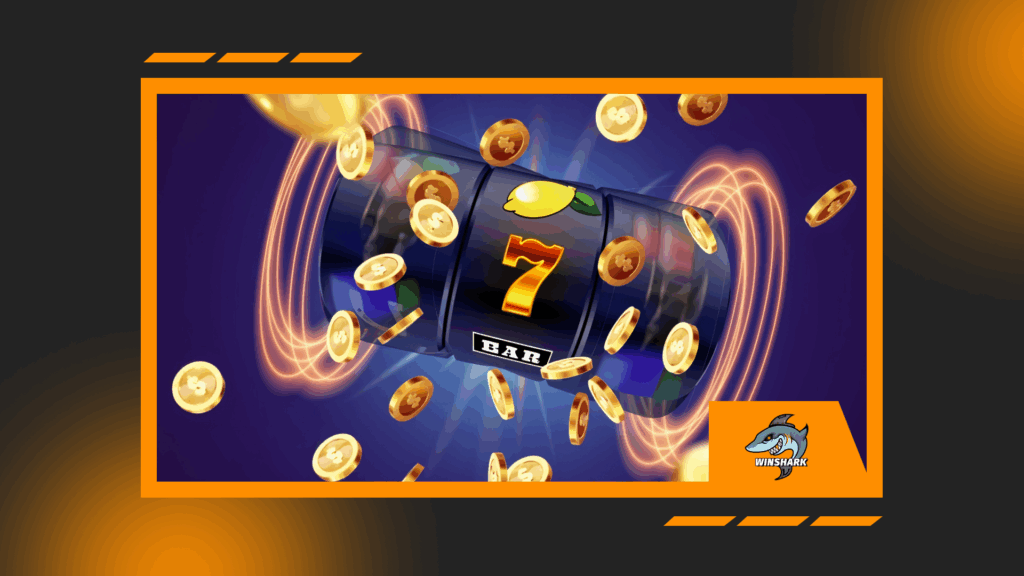
How to Figure Out a Slot’s Volatility Before You Play
Now that you know why volatility matters, let’s talk about how to actually spot it before you risk real money. Game makers don’t always make this obvious, but these tricks will help you crack the code.
1. Reading Between the Lines in the Paytable
The paytable is like a slot’s DNA – here’s what to look for:
What the Symbols Pay
- Lots of symbols paying 10-20x your bet? Probably low volatility
- Only a few small pay but several offering 100x+? That’s high volatility
Jackpot Size
- Under 500x max win = usually low volatility
- 500x-5,000x = middle of the road
- 5,000x+ = buckle up for high volatility
Payline Count
- 20-50 paylines = typically tamer games
- 1-10 paylines = often more volatile
2. The Numbers Don’t Lie (If You Can Find Them)
Some games actually give you useful stats:
Hit Frequency (When Available):
- Hits 35%+ of spins = low volatility
- 20-35% hit rate = medium
- Below 20% = high volatility territory
Do the Math on Max Wins:
- Take the biggest possible win
- Divide by minimum bet amount
- Over 1,000x? Definitely high volatility
3. Test Driving the Slot (The Smart Way)
When in doubt, take it for a spin (in demo mode first!):
The 100-Spin Test:
1. Play 100 spins at minimum bet
2. Track:
– How often you win
– Average win size compared to your bet
3. What It Means:
– Wins <5x your bet often = low volatility
– Mix of 10-50x wins = medium
– Rare but 100x+ wins = high volatility
Bonus Feature Analysis:
- Time how long it takes to trigger bonuses
- Frequent triggers with small payouts = low volatility
- Hard to trigger but pays big = high volatility
- Somewhere in between? You guessed it – medium
4. Provider Patterns
Major developers tend to follow volatility trends:
| Provider | Typical Volatility | Example Casino Games |
| NetEnt | Medium | Starburst, Dead or Alive 2 |
| Play’n GO | High-Medium | Book of Dead, Reactoonz |
| Pragmatic Play | All levels | Wolf Gold (Low), Sweet Bonanza (High) |
| Yggdrasil | Mostly High | Valley of the Goods, Nitro Circus |
5. Community Resources
Leverage collective knowledge:
- Slot review sites with volatility ratings
- Player forums discussing personal experiences
- Streaming sessions showing real gameplay patterns
Combine these methods for the clearest picture. Check the paytable first, then do a 50-100 spin test, and finally see what other players are saying about the game.
Volatility isn’t good or bad – it’s about finding what works for you. Now that you know how to spot it, you can pick games that match exactly how you want to play.
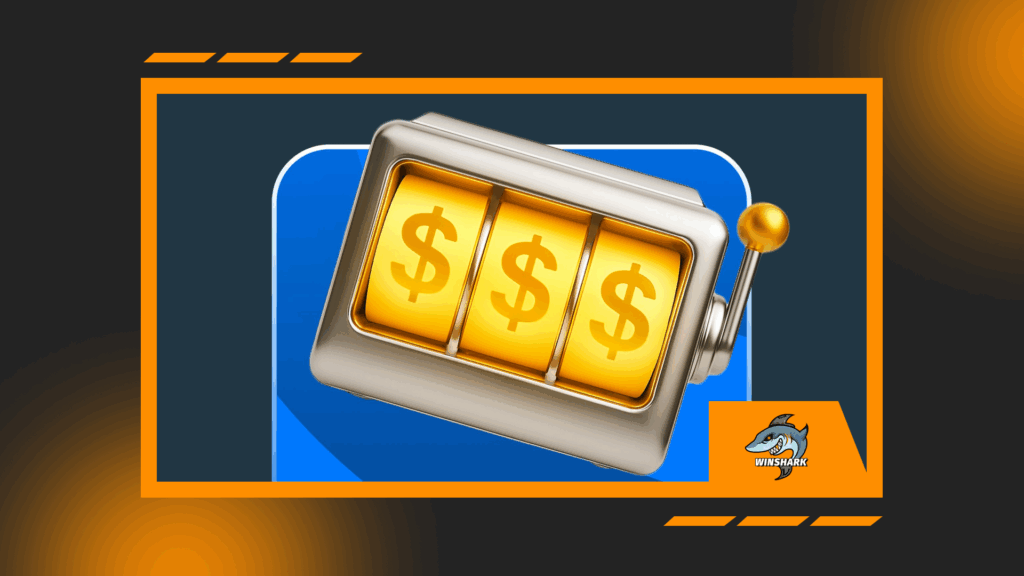
Finding Your Perfect Slot Match
Let’s cut to the chase – choosing the right volatility is all about matching the game to YOU. Here’s how to make the smart choice:
Money Talks: Bankroll Considerations
- Playing with $20-100? Stick to low volatility — your money will last longer
- Got $100-300 to play with? Medium volatility gives you better options
- Only consider high volatility if you can comfortably risk $500+ per session
Know Thyself: Personality Matters
- If losing streaks stress you out — low volatility is your friend
- Love that heart-pounding excitement? — high volatility will deliver
- Want a balanced experience? — medium volatility hits the sweet spot
What’s Your Mission?
- Just here for fun and longer playtime — low volatility
- Want decent wins without huge risks — medium volatility
- Chasing that life-changing jackpot — high volatility (but be prepared)
Smart Testing Strategies
1. Always try demo mode first
2. Track these during 50-100 test spins:
– How often you win
– Typical win sizes
– Time between decent payouts
3. Watch the paytable like a hawk:
– Many small pay symbols = low volatility
– Few big pay symbols = high volatility
When In Doubt:
Start with medium volatility games – they’re the best “test drive” option. Pay attention to how you feel during play:
- Bored? Maybe try higher volatility
- Too stressed? Scale it back
- Just right? You’ve found your match
Your perfect slot isn’t about what’s “best” – it’s about what works for your budget, personality and goals. The right volatility choice means more fun and better results every time you play.

Conclusion
Getting a handle on slot volatility completely changes your casino experience — it’s what separates casual spins from calculated gameplay. What we’ve uncovered isn’t just technical jargon; it’s the fundamental makeup of every slot, influencing how long your money lasts and how exciting each spin feels.
What You Need to Keep in Mind:
- Volatility Defines the Game’s Personality: Low-volatility slots dish out frequent but modest payouts, high-volatility ones hit big but rarely, and medium-volatility titles strike a balance between the two.
- Your Style Determines Your Game: If you’re patient and hunting for big wins, high volatility is your ally. Prefer steady, low-risk action? Stick with low volatility. Want a mix of both? Medium volatility is your sweet spot.
- Bankroll Matters More Than You Think: High-volatility slots require a hefty budget to weather dry spells, while low-volatility games are kinder to smaller bankrolls.
- Smart Play Starts Before You Spin: Scrutinizing paytables, running demo tests, and studying game providers lets you choose slots that fit your strategy — before you wager real cash.
Whether you’re in it for entertainment or chasing massive payouts, matching your approach to a slot’s volatility guarantees a session that works for you, not against you. With these insights, you’re not just hitting the spin button — you’re playing with purpose.
Ready to take this knowledge for a spin? Head to your go-to casino, put these tips into practice, and see firsthand how understanding volatility can transform your results. Best of luck — and spin wisely!

 Slots
Slots Popular
Popular How To Play
How To Play


Comments
Be the first to leave a comment!